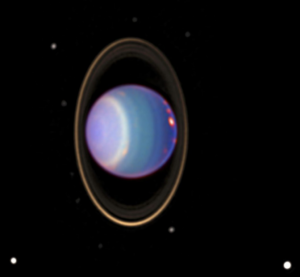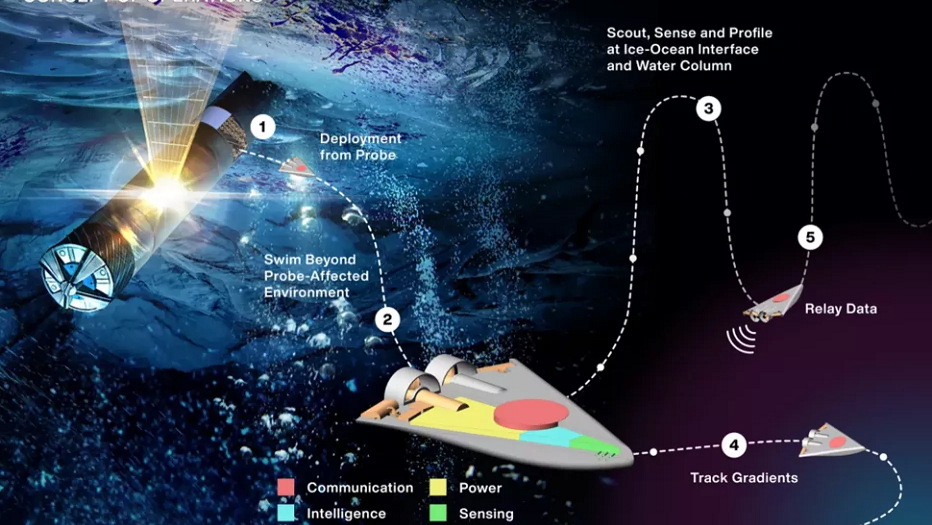
Photo: -/NASA/GSFC/Arizona State University/dpa
Greenbelt (USA) On March 4, 2022, a suspected “rocket piece” hit the moon. To this date no one knows which mission it belongs to and all known spacefaring nations deny ownership of the object. Now the NASA probe “Lunar Reconnaissance Orbiter” has discovered and photographed the impact crater of the still mysterious object – and is all the more surprised.
“Surprisingly, it’s not just one, but two craters,” explains a press release from NASA’s Goddard Spaceflight Center. “An eastern crater with a diameter of 18 meters overlies a western crater of about 16 meters.”
The “rocket” was discovered in mid-February 2022 and its further course up to the impact on March 4, 2022 could quickly be precisely predicted. It was the first time that an unplanned impact on our satellite could be predicted. While a rocket from Elon Musk’s “SpaceX” was initially suspected, the astronomer Bill Gray corrected this assumption a short time later and explained that it was a booster engine for the Chinese moon mission “Chang’e5-T1”.
The only problem with this interpretation: The Chinese space agency also denies that it was said rocket and explained at a press conference on February 21, 2022 that said upper rocket stage had completely burned up in the atmosphere shortly after launch.
Not only did the experts not expect a double crater, it also reveals that the “rocket part” must have been quite massive at its ends. “Usually, the mass of a spent rocket is concentrated at the engine end, since the rest of the rocket is mostly the now-empty fuel tank,” NASA said. “Since the origin of this rocket body is not yet known, the double crater could provide an indication of the origin of the object.”
Usually, discarded rocket stages have a large mass on one side – the motor. The other side consists only of the empty and therefore light fuel tank. Since the origin of the rocket that hit the moon has still not been clarified beyond doubt, the double crater could reveal something about its identity, NASA emphasizes on its website.
So far, no rocket impact has left a double crater on the moon. The impacts during the moon missions “Apollo 13”, “Apollo 14”, “Apollo 15” and “Apollo 17” produced somewhat irregular craters and were larger than the double crater with a diameter of more than 35 meters.





